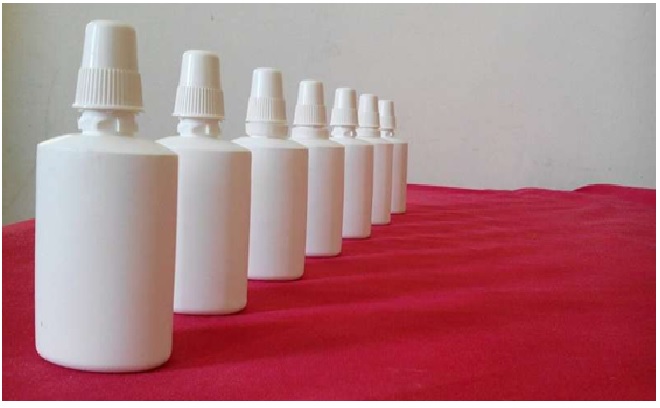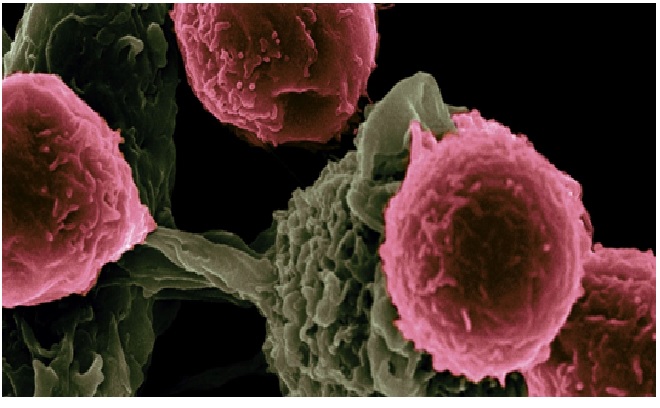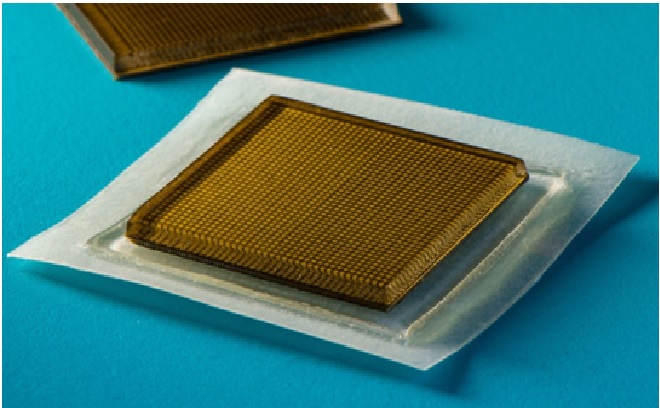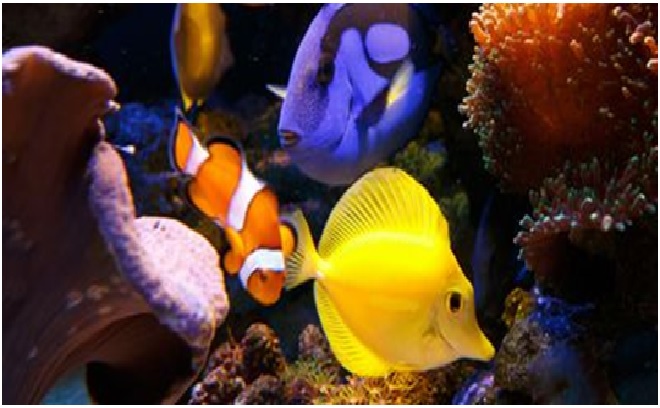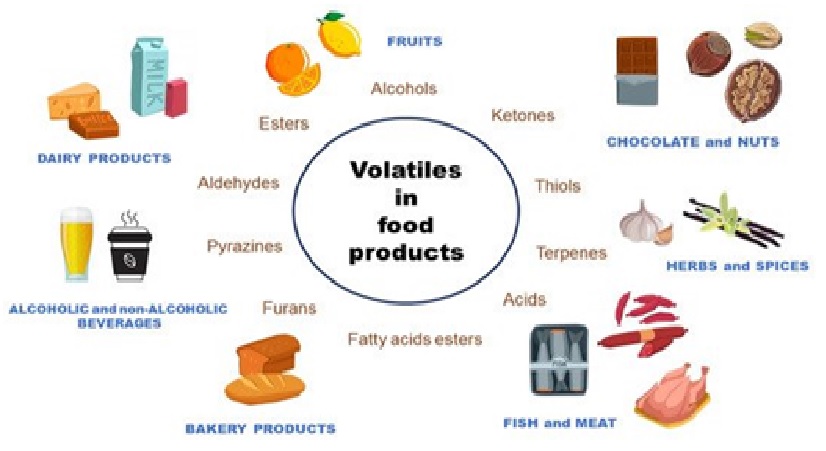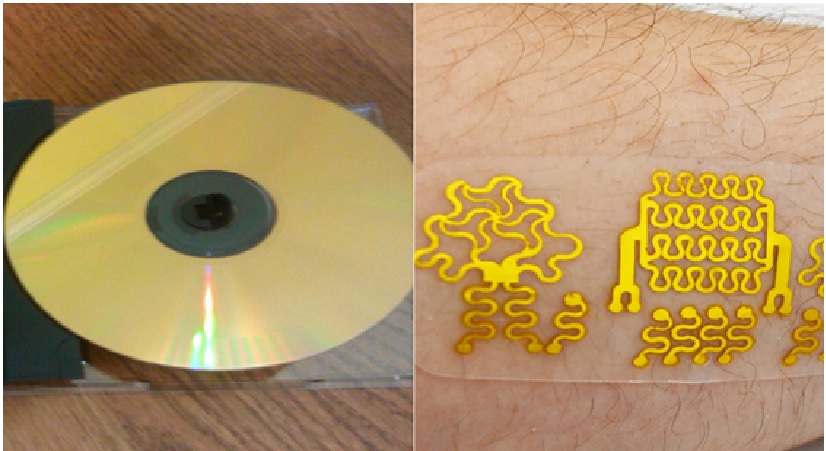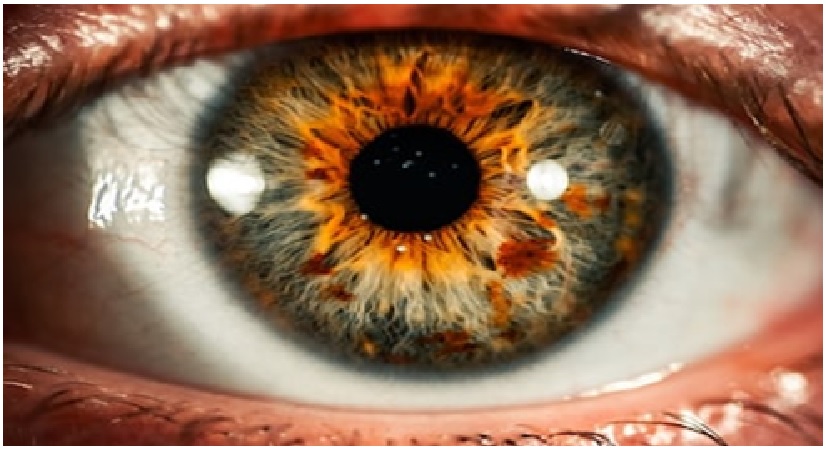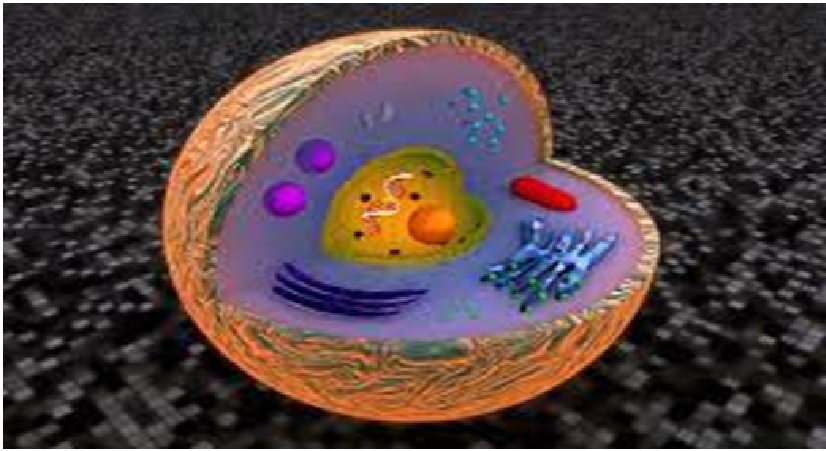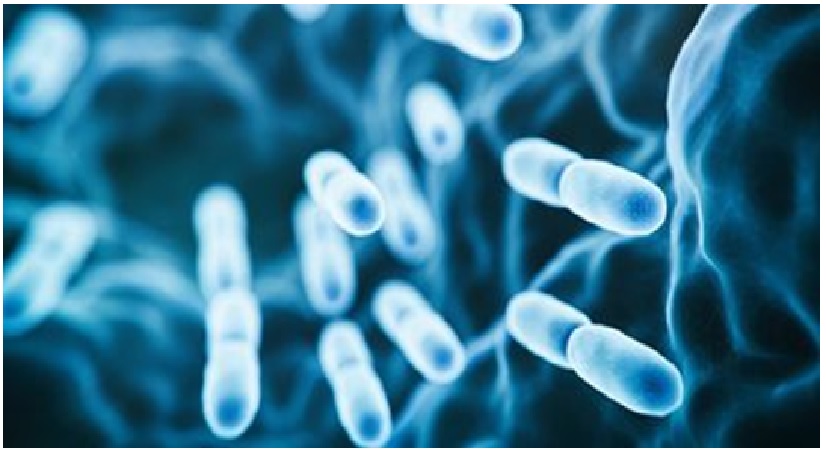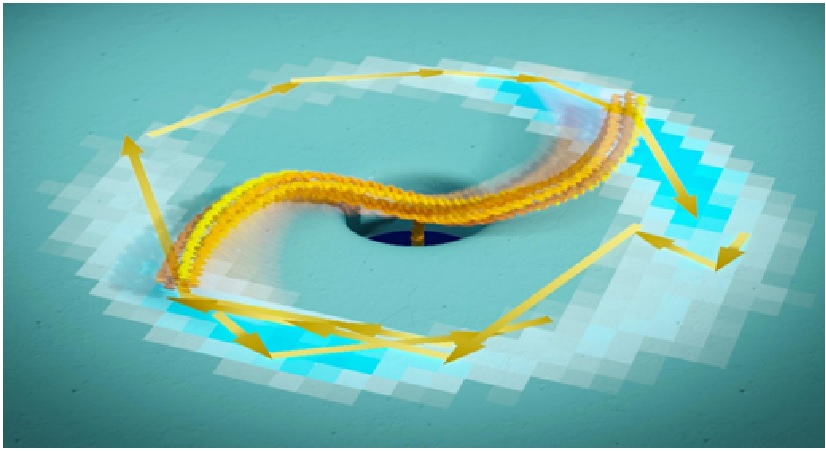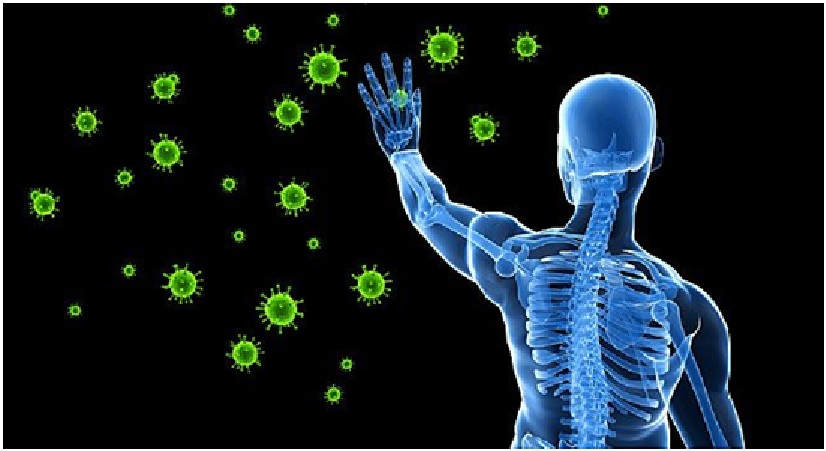Turning Fish Waste into Quality Carbon-Based Nanomaterial
Scientists from Nagoya Institute of Technology in Japan discovered a new method for turning fish waste into extremely high-quality carbon nano-onions (CNOS), a press statement reveals. The new development could lead to cheaper next-generation LED lighting and QLED displays.
CNOs are a form of carbon-based nanomaterial with low toxicity, chemical stability, and excellent electrical and optical properties. They are composed of concentric shells of fullerenes that somewhat resemble cages within cages. Their main advantage over other carbon-based nanomaterials is that they have a high surface area as well as large electrical and thermal conductivities. [1]

Figure 1. Turning fish waste into quality carbon-based nanomaterial
Figure 1 shows unfortunately, the conventional methods for producing CNOs have some serious drawbacks. Some require harsh synthesis conditions, such as high temperatures or vacuum, while others demand a lot of time and energy. Some techniques can circumvent these limitations, but instead call for complex catalysts, expensive carbon sources, or dangerous acidic or basic conditions. This greatly limits the potential of CNOs. [2]
Moreover, this synthesis process yields CNOs with very high crystallinity. This is remarkably difficult to achieve in processes that use biomass waste as a starting material. Additionally, during synthesis, the surface of the CNOs is selectively and thoroughly functionalized with (−COOH) and (−OH) groups. This is in stark contrast to the surface of CNOs prepared with conventional methods, which is typically bare and has to be functionalized through additional steps.
This “automatic” functionalization has important implications for applications of CNOs. When the CNO surface is not functionalized, the nanostructures tend to stick together owing to an attractive interaction known as pi−pi stacking. This makes it difficult to disperse them in solvents, which is necessary in any application requiring solution-based processes. However, since the proposed synthesis process produces functionalized CNOs, it allows for an excellent dispersibility in various solvents. [3]
The researchers showed how their CNOs were used in LEDs and thin films that create blue light as examples of the numerous practical uses for their CNOs. Both inside solid devices and when dispersed in a wide range of solvents, such as water, ethanol, and isopropanol, the CNOs produced a very steady emission.
The suggested synthesis method also offers an easy solution to transform fish waste into exponentially more beneficial components while being ecologically benign. The team is certain that their efforts will help the UN achieve the majority of its Sustainable Development Goals. [4]
References:
- https://interestingengineering.com/science/new-method-fish-waste-carbon-based-nanomaterials
- https://www.sciencedaily.com/releases/2022/08/220801102910.htm
- https://scienceblog.com/532495/turning-fish-waste-into-quality-carbon-based-nanomaterial/
- https://www.azonano.com/news.aspx?newsID=39500
Cite this article:
Thanusri swetha J (2022), Turning Fish Waste into Quality Carbon-Based Nanomaterial, AnaTechMaz, pp.73


